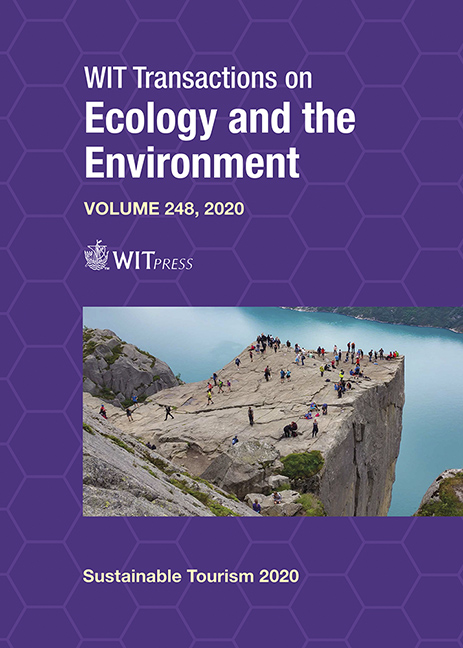TOURIST BEHAVIOUR AND TICK-BORNE DISEASE RISK
Price
Free (open access)
Transaction
Volume
248
Pages
12
Page Range
77 - 88
Published
2020
Paper DOI
10.2495/ST200071
Copyright
WIT Press
Author(s)
ALYSSA SOUCY, SANDRA DE URIOSTE-STONE
Abstract
Lyme disease is the leading tick-borne disease in the USA, with incidences increasing over the past few decades due in part to climate change. Visitors to natural areas involved in nature-based activities are at a heightened risk of Lyme disease exposure. We surveyed 430 visitors in Acadia National Park to understand the personal protective behaviours and associated barriers to adoption, perceived tick-borne disease risk, and travel behaviour. A two-step cluster analysis revealed two visitor segments: adventurists and sightseers. Adventurists were less likely to perform protective behaviours against tick-borne disease, but performing a tick check was the most commonly reported preventative behaviour for both groups (62%). The most commonly cited barriers to performing a tick check were lower perceived risk of tick bites and Lyme disease for both groups. Both groups also reported that the number one barrier to wearing protective clothing was the hot summer weather. This research has implications for tourism managers to design effective communication materials to reduce the risk of tick-borne disease for different visitor segments.
Keywords
nature-based tourism, cluster analysis, Lyme disease, Acadia National Park, ticks, health risk, survey research, Maine





